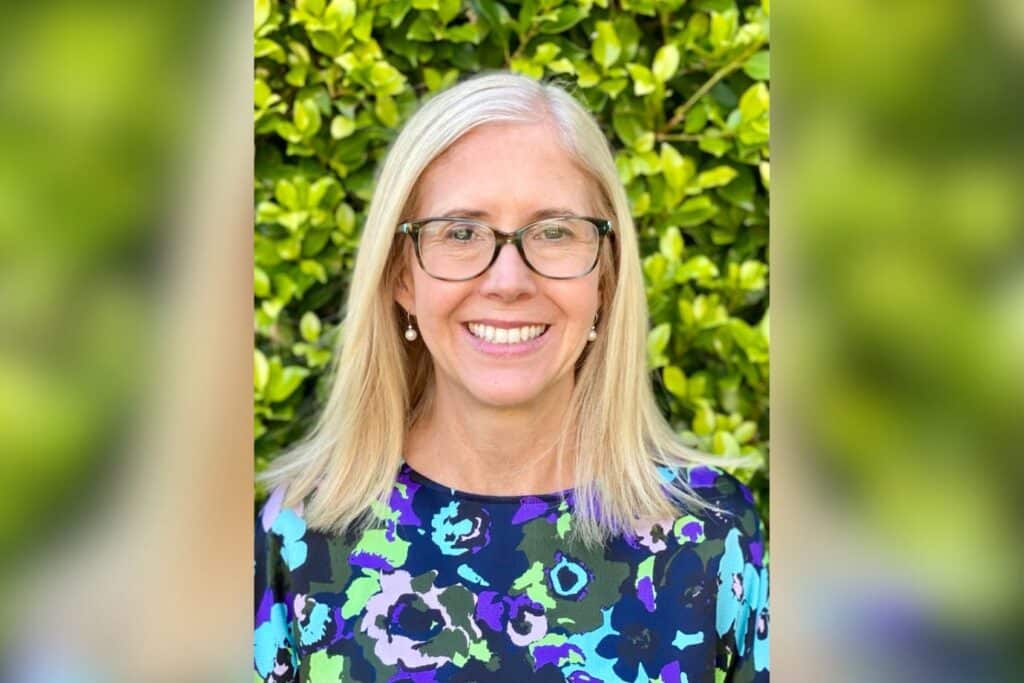Five years ago, the average retirement age in Australia was 55. Now, there are more older workers in Australia than ever before, a trend which is showing no signs of slowing down.
New research from Bain & Company predicts there will be 150 million more older workers by 2030. That’s more than ten times Australia’s entire working population, and will make up a quarter of the global workforce.
By 2030, older workers aged 55+ will make up one fifth of the workforce in Australia.
But according to former Australian Human Rights Commission (AHRC) Age Discrimination Commissioner Kay Patterson, who spoke to Women’s Agenda before her term ended last week, ageism in Australian workplaces still exists, and it’s affecting older women the most. This is hurting Australia’s labour market acutely, particularly as it becomes more reliant on the ageing workforce.

“Age and gender intersect in ways that are particularly detrimental for women,” Patterson says.
“Research has found that as men age, they are viewed as more valuable and competent in the workplace, while women’s competence tends to be evaluated more negatively.”
As worker shortages become more and more common in industries across Australia, it seems workplaces should be doing more for older workers because of the value they bring.
“Industries facing working shortages should look very carefully towards older women,” Patterson says.
Why are there more older workers?
In February 2022, 64.8 per cent of women aged 55-64 were working, a 4 per cent increase from ten years ago.
What’s more, the rate of women aged 65+ in Australia has almost quadrupled in the last 20 years. In 2001, just 3 per cent of older Australian women were working. By February 2022, this increased to 11.3 per cent.
The researchers at Bain point to a number of reasons as to why there are more older workers in Australia today.
These days, young people are likely to spend more time in post-tertiary education, which provides more opportunity for older workers to remain employed.
The retirement age, or Age Pension age, has also increased to 67 for Australians born after January 1 1957. The Australian Retirement Trust said, on average, Australians aged 45+ expect to retire at 65.5, despite workers being able to access their superannuation as early as age 58.
Older Australians today also have an increased life expectancy and increased years of a disability-free life.
Sarah McCann Bartlett, the CEO of the Australian HR Institute (AHRI), says this extends the working lives of older Australians, whether they like it or not.

“We are generally fitter and healthier, and so some want to work. We want to be doing something, even if it isn’t necessarily full-time, or the same sort of role that we did when we were younger,” she says.
“But as we get older, financial pressures will continue, so some people actually have to work for financial reasons.
“Our superannuation, our savings and our living costs actually have to go further because we are living longer.”
The COVID-19 ‘Great Resignation’ was brief, but saw a high increase in voluntary turnover, and therefore many older workers return to work in a post-pandemic world, according to Bain & Company.
Data from AHRI’s voluntary turnover poll showed 31 per cent of organisations reported their voluntary turnover was over 20 per cent in 12 months to May 2023.
“So there’s demand from employers to actually look at a broader cohort of workers,” McCann-Bartlett says.
Ageism and exclusion
Despite the growth of older workers in the Australian labour force, Kay Patterson says there are still barriers for this demographic in finding and retaining work.
“We know that age discrimination in the workplace exists, and that it is worse for older women,” she explains.
“Around the world, finding a job tends to be tougher for women.”
The AHRC’s 2021 report What’s age got to do with it? revealed common but inaccurate stereotypes held about each age group. Respondents of the survey said older adults are declining in skills, agency and vitality, and lack technological and professional competence.
“Such age-based beliefs and assumptions can lead to discriminatory behaviours during recruitment, in the workplace and in decisions about training, promotion and retirement,” Patterson says.
It’s much worse for women, the former Commissioner says. A submission in the Commission’s Willing to Work Inquiry from 2016 noted: “Whereas early signs of ageing such as grey hair and wrinkles can be read as marks of maturity and authority on men, this is not the case for women.”
What is referred to as “gendered ageism” is significantly based on appearances and tends to favour men over women.

This exclusion and ageism can take a significant toll on older women and their resilience in the workforce, Patterson says.
“When women are rejected, there are less likely to apply again or they have difficulty applying. I think that shows that they are more affected by rejection than a male.”
What employers are missing
Age-based stereotypes often dominate the true skill, experience and capability of an older worker, and when they do, employers miss out on so much.
“Too many older adults are shut out of work because of underlying assumptions, stereotypes or myths associated with their age,” Patterson says.
“Employing and retaining older women in the workforce I think presents a significant economic opportunity.”
The AHRC and the AHRI conducted a study this year on older workers in the workplace. The same study conducted in 2014 found over half of the employers who participated in the research said they “definitely” or “probably” wouldn’t recruit over a certain age.
But this year, in 2023, that number fell to 18 per cent.
“It’s falling in the right direction,” McCann-Bartlett from AHRI believes.
“But if you’re one of those organisations who wouldn’t recruit an older worker, you’re doing yourself a disservice in this economic environment and from a diversity point of view.”
Older workers can enhance organisational productivity. Research from the international Organisation for Economic Co-operation and Development (OECD) found a positive relationship between the number of workers aged 50+ and a company’s productivity.
But even beyond that, the transfer of intergenerational knowledge and having multigenerational teams in workplaces can cut time and cost of training and help retain knowledge and skills within industries.
“If you employ somebody for a long time and get rid of them, they take a lot of unwritten knowledge with them,” Patterson says.
“If you have (different) people working together, maybe you’ll transfer some of that intergenerational knowledge.
“Throughout my term as Age Discrimination Commissioner, I have been a vocal supporter of age-diverse workplaces. I encourage all employers to embrace age-diversity and commit to creating an inclusive workplace for workers of all ages.”
McCann-Bartlett agrees and says knowledge transfer between generations is important not just for future generations, but for the older workers as well.
“When you put diversity of generations together in your workplace, you do end up with greater knowledge transfer and greater mentoring. This goes both ways as well – older to younger workers and younger to older workers,” she says.
How to keep older workers employed
Older workers want different things out of their careers than their younger counterparts, and organisations should create workplaces that cater to these needs and wants, according to Bain & Company.
In Australia, workers aged 62+ are motivated to remain employed based on how interesting the work they’re doing is, as opposed to job security, good compensation, flexibility and other factors.
But Bain’s research also found few organisations were doing enough to meet these desires.
In 2020, a global survey from AARP found less than 4 per cent of companies had committed systems and processes to keep older workers employed, with just 27 per cent saying they were “very likely” to explore this path in the future.
Patterson says employers and organisations should look to better cater to the needs and wants of older workers in order to keep them employed.
“People will stay in a job longer if they feel it’s making a difference and they’re being recognised for what they do,” she says.
“There are some jobs that are not incredibly interesting and they’re challenging. They’re mundane and repetitive. I think it’s on the employers to make people feel they’re valued.
“Providing a work environment that is flexible and responsive to workers’ needs can significantly prolong the working lives of older adults.”
McCann-Bartlett agrees, adding that employers should check in with all their workers, including their older workers, to see how they are finding the work.
“Satisfying and meaningful work is important to everybody, but often more important to older workers,” she says.
“Talk to your older workers. Ask them: ‘What do you get satisfaction from? What do you like about the workplace? What would you like to be doing more of?’” Failing to do this, will ultimately cost you.

